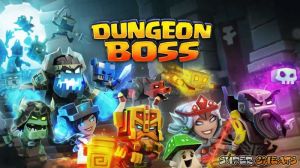

The only downsides are occasional logical gaps the player has to speak to a certain NPC to fill, like having to speak with a specific NPC to learn Jabu-Jabu likes fish. Because of this narrative throughline, the escort mission feels as much like a driving narrative force as much as a one-off gimmick isolated from the rest of the game world. Fortunately, this steady melding of gameplay with narrative continues within the dungeon, where Link discovers Princess Ruto and navigates through the dungeon alongside her. It is the most involved pre-dungeon sequence so far, but these small quests tie into a coherent and charming story, in turn shaping a smooth narrative arc that dots gameplay with story and vice versa. The prelude to Jabu-Jabu’s Belly sends Link scrambling up a stream to discover Zora’s Domain, discovering a letter from the missing Princess Ruto at Lake Hylia, and using a fish to entice Jabu-Jabu to open his mouth so Link can search for Princess Ruto inside. In this entry, I will be examining Ocarina of Time’s third dungeon, Inside Jabu-Jabu’s Belly. And since the 2011 3DS remaster makes a wide variety of changes to the original but remains equally masterful, I will be looking at that version alongside the 1998 Nintendo 64 release.

#Video dungeon boss game theory series#
This continuing series will take a look back at the entry that established the 3D dungeon template, in turn altering dungeon design in ways that would dominate and define the series for nearly twenty years. Although Breath of the Wild is utterly superb, its reimagining of the Zelda formula is noticeably lacking classic dungeon design. In commemoration of Goomba Stomp’s second anniversary staff list champion, our Level-by-Level feature will be diving into The Legend of Zelda: Ocarina of Time, dungeon-by-dungeon.


 0 kommentar(er)
0 kommentar(er)
